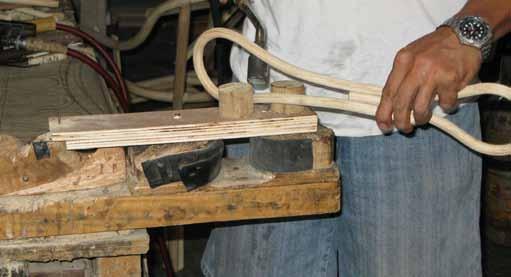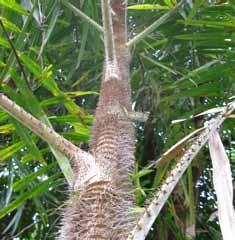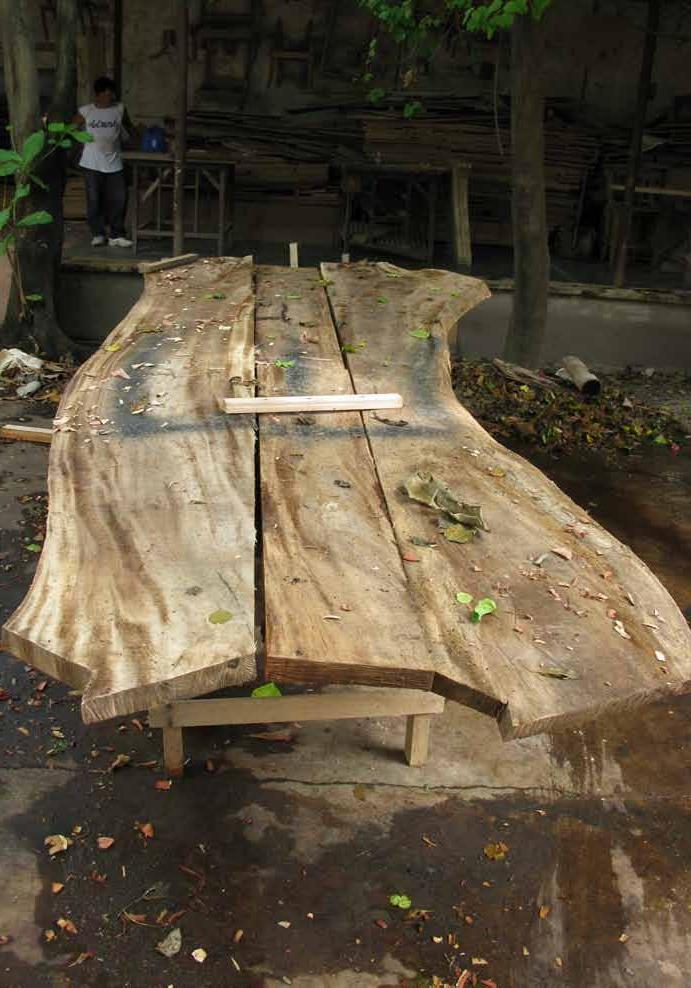Findings The activities under this function include land preparation and clearing, digging, actual planting of seedlings, weeding and brushing, replanting of dead saplings, and protection of the plantation from fire, astray animals and humans encroaching into the land to gather firewood and other forest products. Labor for planting and the subsequent maintenance work done by POs, generally for a 3-year period following planting, were paid for by the government as part of its commitment to POs, a concession given to them for agreeing to manage and protect the area covered by the CBFMA.
Harvesting
This function pertains to tree felling and other auxiliary operations that will convert standing timber to logs, marking the starting point for the utilization of the wood from the tree for a variety of purposes. Fig. 3 shows the sequence of events and the detailed flow of materials during harvesting and the subsequent hauling of the wood to processors and lumber dealers.
Findings Prior to the actual harvesting, the POs and tree farmers would engage in many other activities that do not necessarily add value to the plantation trees but nevertheless take up most of the POs’ and farmers’ time, resources and energy. These activities include the conduct of inventory, filling out of numerous forms and/or preparation of written reports, tree registration for private tree plantation owners, and for POs, procuring the necessary resource utilization permits (RUPs). Later on, transport permits and other prescribed documents to comply with “legal” requirements prior to the conduct of harvesting operations would have to be secured as well, following tedious protocols and poorly understood rules and regulations. These rules and regulations are discussed in detail under the section “Legal and Regulatory Environment Affecting the Wood Value Chain” in the present report. At the harvesting stage, bidding and negotiations starts. Once the RUP has been released, the PO could already theoretically negotiate and sell freely to the bidder that will give the highest value for their timber, provided they are legitimate buyers. In accordance with DENR regulations, buyers should be licensed dealers or wood processors. In reality, this is far from what is happening on the ground.
Plantation Wood, Rattan and Bamboo in Leyte Island | Value Chains to benefit income generation of forest farmers
19





